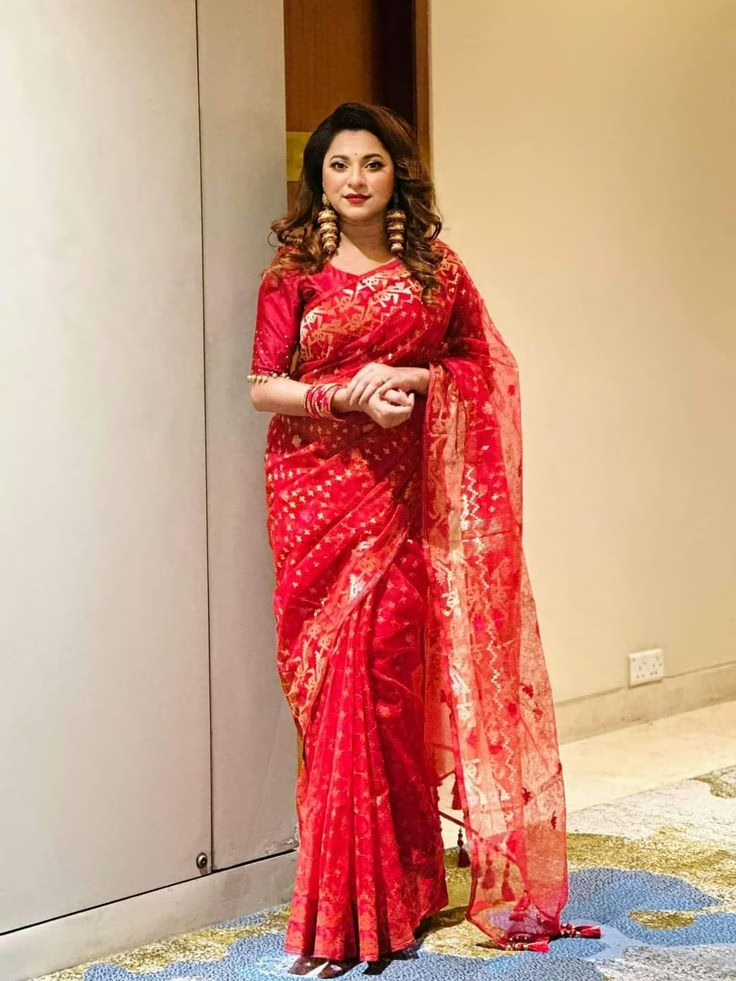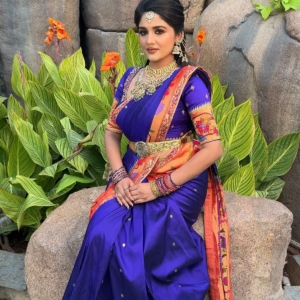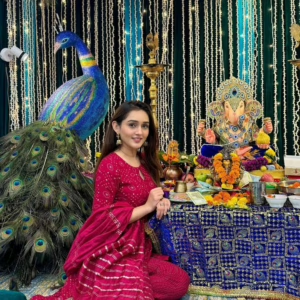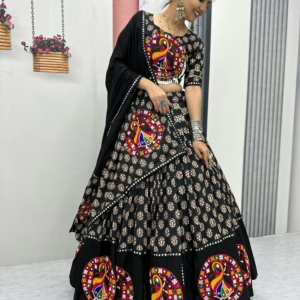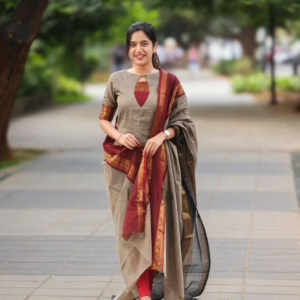If a textile could talk, a Dhakai Jamdani would surely share enthralling tales of ancient empires, talented artisans, and inspirational hymns of heritage that has successfully stood the test of time.
Step into any Bengali festival or celebration, you are bound to see plenty of women flaunting with pride the Dhakai Jamdani saree. With its detailed motifs that give you the illusion they are floating in air, this beautiful saree is so ethereal that it looks like a woven piece of poetry exquisitely crafted with love.
No wonder this special saree from Dhaka has earned its rightful spot on UNESCO’s Representative List of the Intangible Cultural Heritage of Humanity. Today’s post will explore the key reasons why- so let’s dive right in!
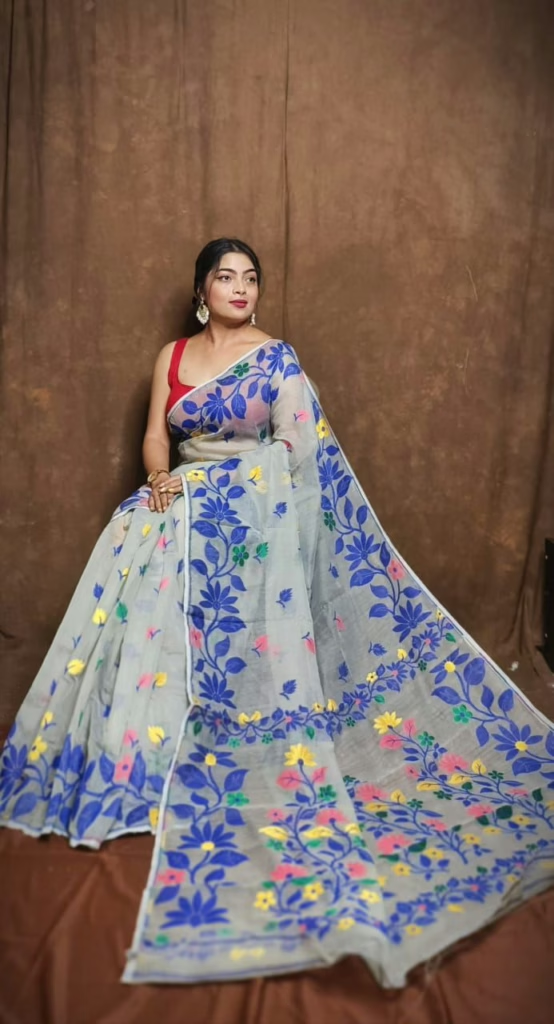
1. The magic of the weft weave technique
What makes the Dhakai Jamdani stand out? It’s the special weft technique loom. First, the saree’s base, i.e. a very soft muslin cloth is made. Later the beautiful motifs are made by hand, taking every thread into consideration with a very fine needle. There’s no embroidery or print. The lotus, parsley, and peacock motifs are directly woven into the cloth to give you an amazing illusion of pretty patterns suspending in air.
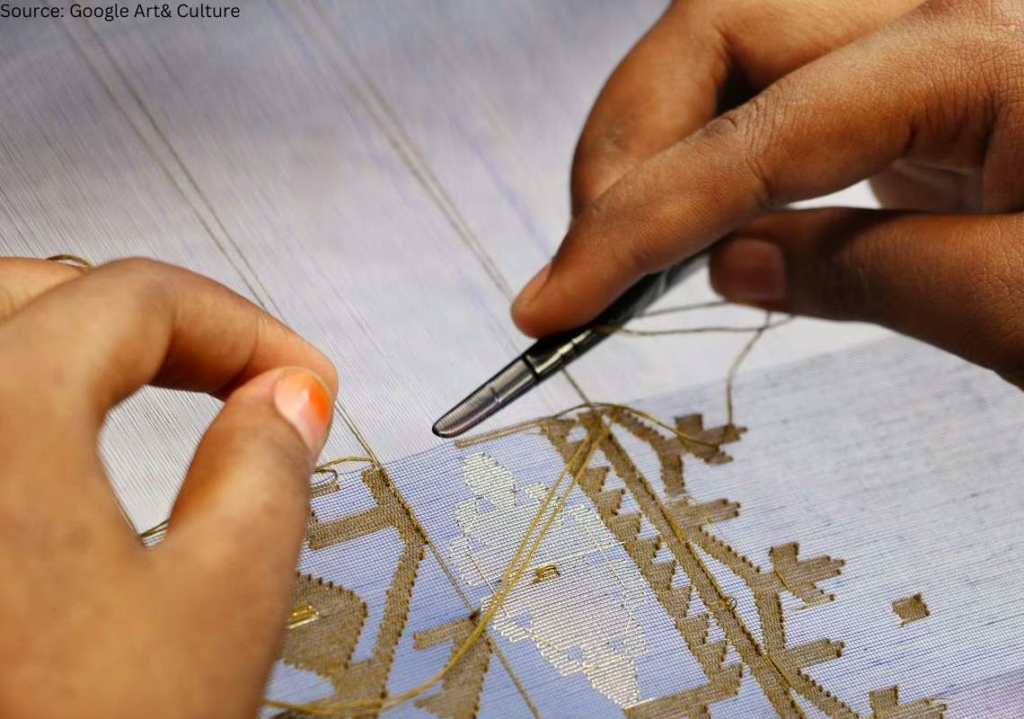
Photo Credits: Google Arts and Culture
2. 100% machine-free
There are no machines used for dhakai jamdani sarees. Everything is etched in memory and reproduced. In fact, the art is passed down from one generation to another via word of mouth. It is a cherished and sacred skill set revered with respect. No two sarees are the same and this is what makes it so unique!
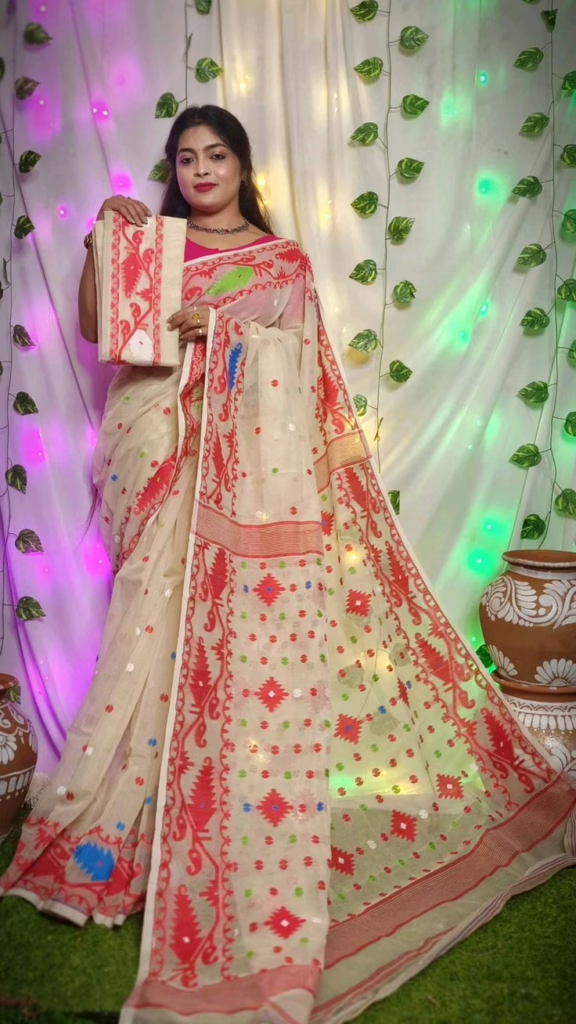
3. Hours of toil and sweat
Dhakai Jamdani is the result of hundreds of hours of manual labour. Woven along the banks of the Shitalakhya River in Bangladesh, each saree can take weeks—or even months—to complete.
Behind every thread lies patience, precision, and pride. This is not fast fashion; this is heritage craftsmanship, painstakingly practiced over generations.
4. A Living Tradition Through Centuries
Jamdani weaving dates back to ancient Bengal, flourishing under Mughal patronage and surviving colonial decline. Despite political turmoil and changing tastes, the tradition has endured—thanks to the communities who refused to let the loom fall silent.
Today, the saree is not just a nod to history; it’s a living tradition, adapting and thriving in modern wardrobes while retaining its classical soul.
5. Cultural Identity Woven Into Every Motif
Jamdani is more than a textile—like the Tant saree it’s a symbol of Bengali cultural identity. It represents a way of life, an aesthetic philosophy, and a legacy that unites the past and present. Wearing Jamdani is like wearing your roots, your pride, your heritage.
In Recognition of a Legacy
UNESCO’s recognition isn’t just about preserving a fabric—it’s about honouring a people, a practice, and a past that still lives on in the threads of every Jamdani. In a world of mass production, Jamdani remains a testament to slow, soulful art—woven not just with cotton, but with dreams.
The UNESCO recognition of Dhakai Jamdani is more than a global accolade—it’s a powerful affirmation of a rich cultural legacy lovingly preserved through generations. In every thread lies a story, in every motif a memory, and in every saree, the spirit of an entire community of weavers who have kept this timeless tradition alive against all odds.
As we celebrate this recognition, we also carry a responsibility—to wear, support, and protect Jamdani not just as a fashion statement, but as a living heritage. Because when we drape a Jamdani, we don’t just wear a saree—we wear history.

